Neolithic domestic goat found in Finland

Researchers found the first concrete evidence – fossilised hair in a soil sample – of a goat dated back to the Neolithic Corded Ware period in Finland. The find dates back to around 2800-2300 BC.

Researchers found the first concrete evidence – fossilised hair in a soil sample – of a goat dated back to the Neolithic Corded Ware period in Finland. The find dates back to around 2800-2300 BC.
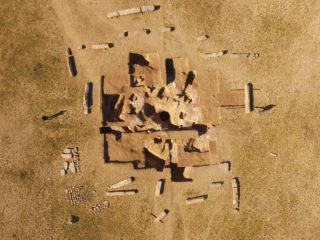
A unique Turkic monument surrounded by 14 stone pillars covered in inscriptions was discovered on Eastern-Mongolian Dongoin shiree steppe by archaeologists.

Rockart galleries in the Raudales de Atures area of Amazonas state in Venezuela have been photographed with application of drone technology to produce high resolution images of art located in highly inaccessible areas.

Through X-ray microscopy researchers managed to identify copper as used in ink for writing on 2000-year-old Egyptian papyri.

Ornamented antler found in Gołębiewo, central Poland, subjected to DNA and stable isotope analyses, revealed its origin as coming from between northern Scandinavia and north-western Russia, indicating it might have travelled from North Karelia to Central Poland during Mesolithic Era.

Recent study of ancient DNA obtained from 2000-year-old remains of a boy from Ballito Bay in KwaZulu-Natal, East Republic of South Africa, indicates that the split between modern humans and earlier human groups occurred between 350000-260000 years ago – earlier than previously thought.
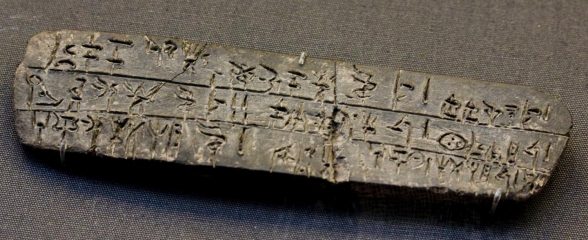
Researchers analysing the DNA of members of Europe’s first literate Bronze Age societies of Minoans (c. 2600 to 1100 BC) and Mycenaeans (c. 1700 to 1050 BC), revealed the origins of these populations. It turned out that ancestors of both civilisations were populations from Neolithic Western Anatolia and Greece, and that Minoans had deep roots in the Aegean.

Researchers used Diamond Light Source, United Kingdom’s synchrotron facility, to document for the first time the rate of evolution of seed coat thinning on 4000-year-old samples, which is a major marker of crop domestication, present in archaeological remains of crop seeds.

A piece of carved oak timber, discovered at the Viking fortress at Borgring, allowed for dendrochronological dating of the find and thus the site.
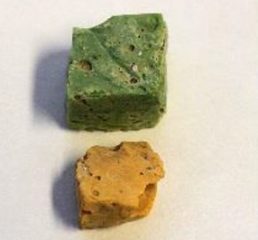
A pioneering X-ray technique has been developed by an international team of researchers, allowing to analyse artefacts of any shape or texture in a non-destructive way.
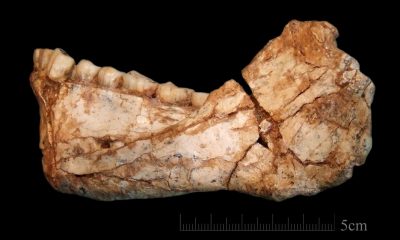
Dating of Homo sapiens’ remains, discovered in an old mine in Jebel Irhoud, Morocco, revealed that they were about 300000 years old, challenging the belief that the species arose in a cradle of humankind in East Africa 200000 years ago.

Scientists discovered the debris of missing World War II-era B-25 bomber planes in Madang Harbor off the coast of Papua New Guinea. One of the planes was known and being documented when the discovery of the previously unknown second aircraft occurred.

A new technique developed by an international team allowed to trace the remains of groups of hominids in sediments even in caves or in strata which have no skeletal remains. the researchers analysed 85 samples of sediments from the Pleistocene, between 550000 and 14000 years ago, from eight Eurasian caves, including El Sidrón (Spain) and Denisova Cave (Russia).
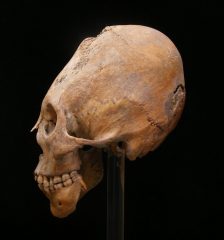
Archaeologists found clues that point to cooperation between Hun nomads and Roman settlers in Pannonia, modern Hungary, on the frontier of the Roman Empire.
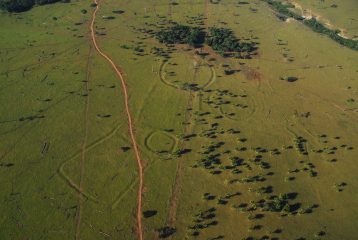
Modern deforestation in the Acre state of Brazil has allowed the discovery of more than 450 of large geometrical geoglyphs or enclosures, providing evidence for how indigenous people lived in the Amazon before European people arrived in the region.
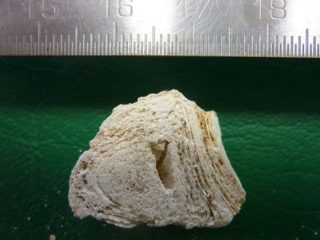
Bioarchaeological investigation of a 800-years-old skeleton dated to Byzantine times, found near the site of the ancient city of Troy led to the discovery of two large calcified nodules nested below the ribs at the base of the chest. They possible were the reason behind the death of the 30 year old woman.
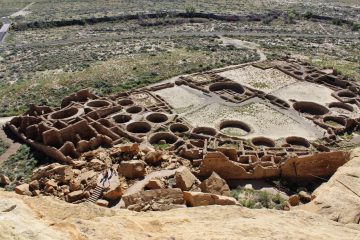
Archaeologists found new evidence for long distance trade of the Chaco Canyon population living in the Southwest of U.S.A., including corn to feed the thousands of people inhabiting the area.
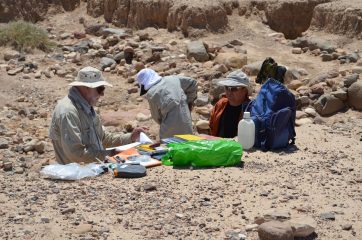
Researchers discovered evidence for industrial pollution in Jordan that originated 7000 years ago due to early stages of developing metallurgy in the period of transition from Late Neolithic to Chalcolithic.
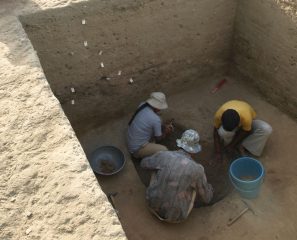
Archaeologists discovered that the Indus Valley civilisation, that occupied the region of what is now Pakistan and North-west India during the Bronze Age domesticated rice farming far earlier than previously believed.
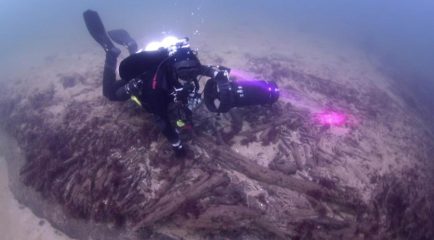
Underwater archaeologists studied remains of a Mesolithic hunting site found on the bottom of the Baltic Sea at a place where once a lagoon existed and was used as a fish-hunting area.